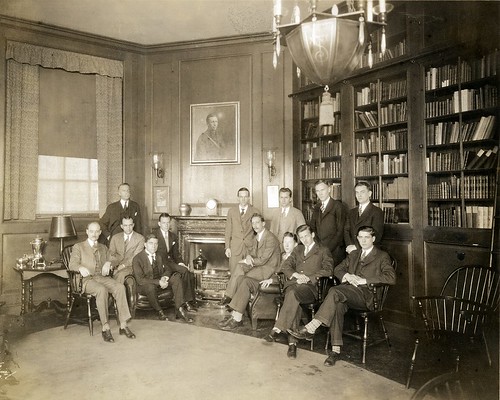From Orion Magazine:
 AS THIS ISSUE of Orion goes to press, the United States is preparing to reverse the commitments it made to fight climate change via the 2015 Paris Climate Accord. The move confirms what many have feared: that the willingness of this country to take federal action against climate change is vanishing, even as the carbon dioxide level of Earth’s atmosphere breaks new records. It’s difficult to remember an era in which America’s political institutions were as broken and the stakes were as high as they are now. Perhaps it’s time, then, to look for help elsewhere, to turn to a source of aid far older than our government: religion. If a changing climate poses an existential threat to life on Earth—and by the best accounts, it does—what might we learn from some of humanity’s oldest means of contemplating existence? Can religious life help us understand something new about our relationship with the natural world? Can it give us fresh insight into how, as individuals, we might navigate a moment in time that often feels bewildering and out of control? Orion editor Scott Gast discusses these questions and others with Rabbi Ted Falcon, Pastor Don Mackenzie, and Imam Jamal Rahman—representatives of three of the world’s major religions—who are known collectively as the Interfaith Amigos. Since 2001, the three have authored several books, including Getting to the Heart of Interfaith and Religion Gone Astray, and have spoken to audiences around the world about the possibility and opportunities afforded by interfaith dialogue.
AS THIS ISSUE of Orion goes to press, the United States is preparing to reverse the commitments it made to fight climate change via the 2015 Paris Climate Accord. The move confirms what many have feared: that the willingness of this country to take federal action against climate change is vanishing, even as the carbon dioxide level of Earth’s atmosphere breaks new records. It’s difficult to remember an era in which America’s political institutions were as broken and the stakes were as high as they are now. Perhaps it’s time, then, to look for help elsewhere, to turn to a source of aid far older than our government: religion. If a changing climate poses an existential threat to life on Earth—and by the best accounts, it does—what might we learn from some of humanity’s oldest means of contemplating existence? Can religious life help us understand something new about our relationship with the natural world? Can it give us fresh insight into how, as individuals, we might navigate a moment in time that often feels bewildering and out of control? Orion editor Scott Gast discusses these questions and others with Rabbi Ted Falcon, Pastor Don Mackenzie, and Imam Jamal Rahman—representatives of three of the world’s major religions—who are known collectively as the Interfaith Amigos. Since 2001, the three have authored several books, including Getting to the Heart of Interfaith and Religion Gone Astray, and have spoken to audiences around the world about the possibility and opportunities afforded by interfaith dialogue.
Scott Gast: I’d like to begin by asking each of you to describe, in general terms, the role of the natural world in the history and practice of your different faiths.
Imam Jamal Rahman: Muslims rely heavily on verses from the Holy Qur’an, and several times the holy book says, “There are signs of God in nature.” In fact, there are more than seven hundred verses in the Qur’an which concern themselves with nature. Several chapters start with the names of animals or natural phenomena. And in some chapters God takes a mysterious oath, which invokes nature: “By the fig and the olive,” “By the Dawn.” Spiritual teachers in Islam take this to mean that nature is a holy, sacred manuscript, and if we honor and respect her, we can learn how to live. For example, the Qur’an asks, “What is a good word?” Well, a good word, it says, is “like a tree, with roots going deep into the earth, with branches going out into the sky, and yielding fruit by permission of its Sustainer.” And how shall we do the essential work of inner transformation? Little by little, says the Qur’an, much like the movement of the sun in the sky. There is a verse about personal transformation that some Muslims know by heart: “By the rosy glow of sunset, and the night and its progression, and the moon as it grows into fullness, surely you shall also travel stage by stage.”
The Qur’an also says, “Oh, human being”—doesn’t matter what your religion—“you are God’s representative on Earth.” And it emphasizes, “You are there not to sow corruption on Earth, but to enjoin the good and forbid the evil.” There is a remarkable verse that puts human beings into their proper place in the cosmos: “The creation of the heavens and the earth,” it says, “is a greater matter than the creation of man, but man understands not.” So, we have to be caretakers; it’s a spiritual obligation. As the Prophet Muhammad, peace be upon him, said, “The earth is like your mother. Honor her. Protect her.”
More here.

